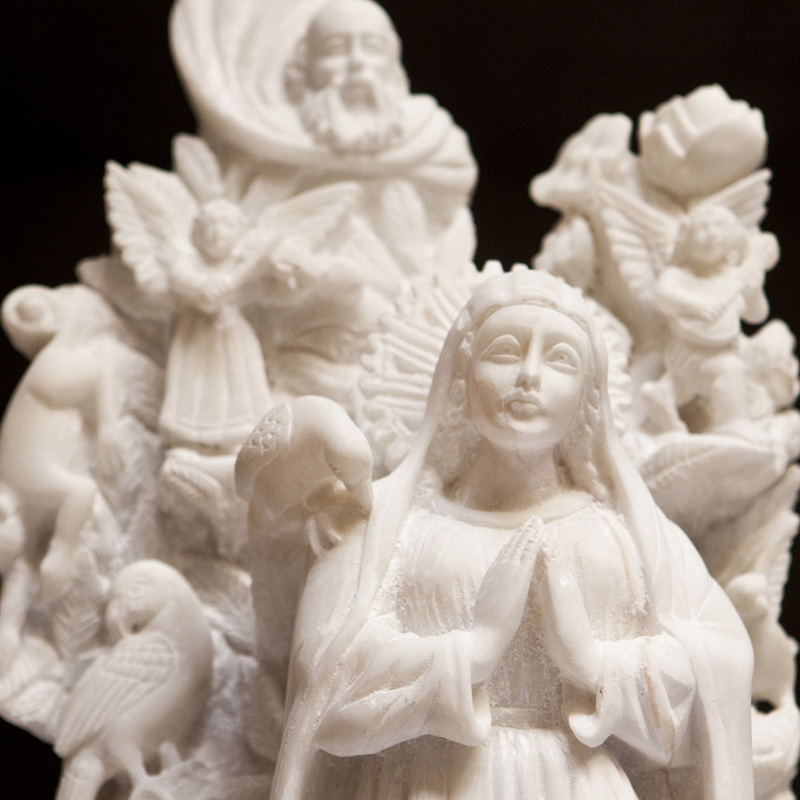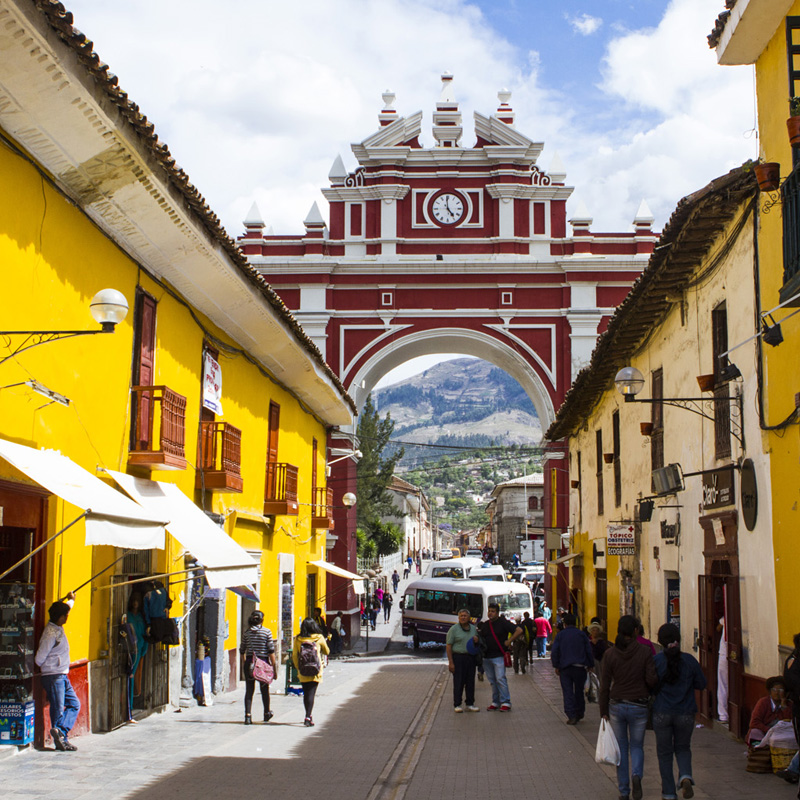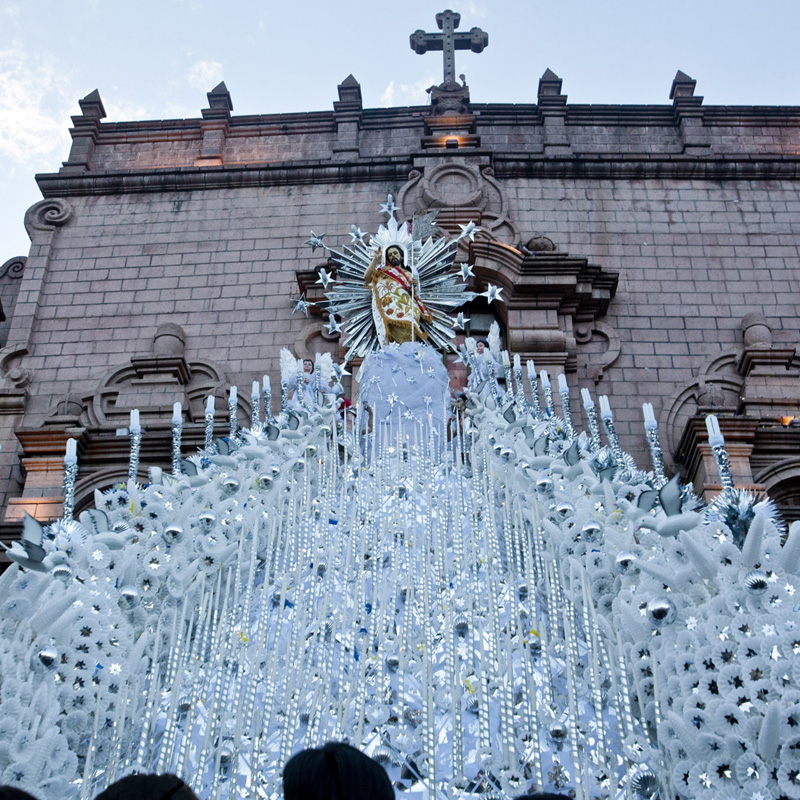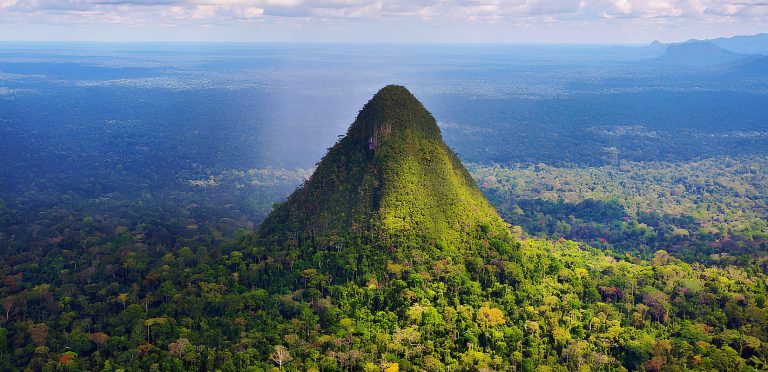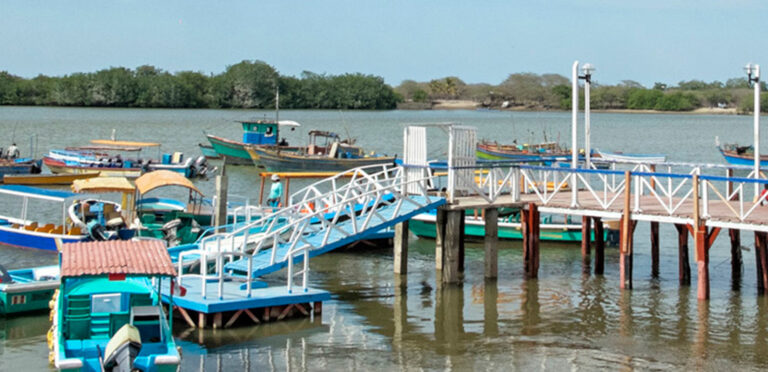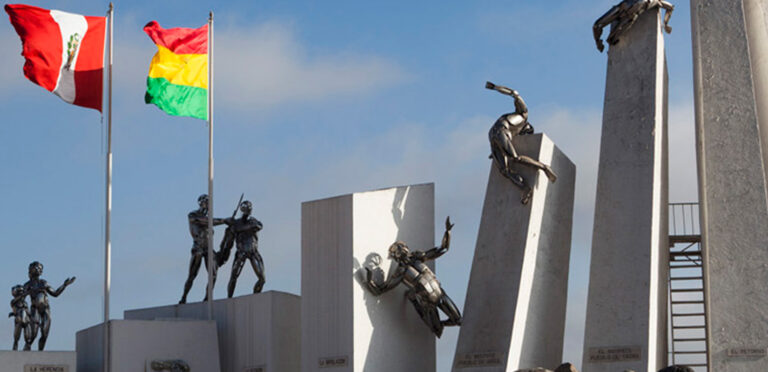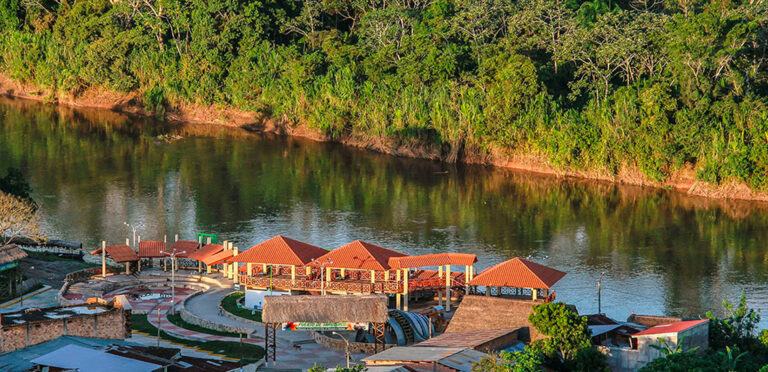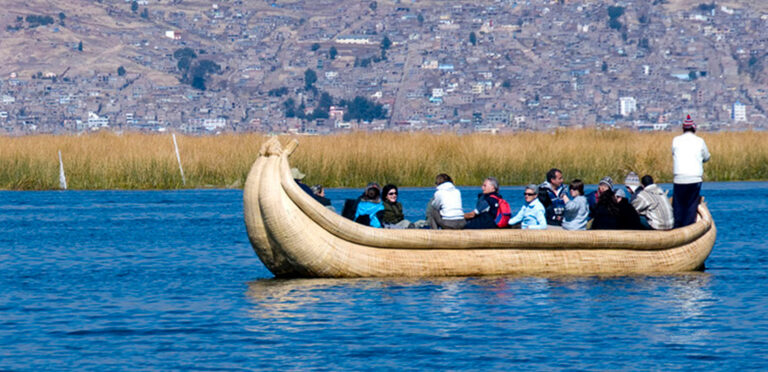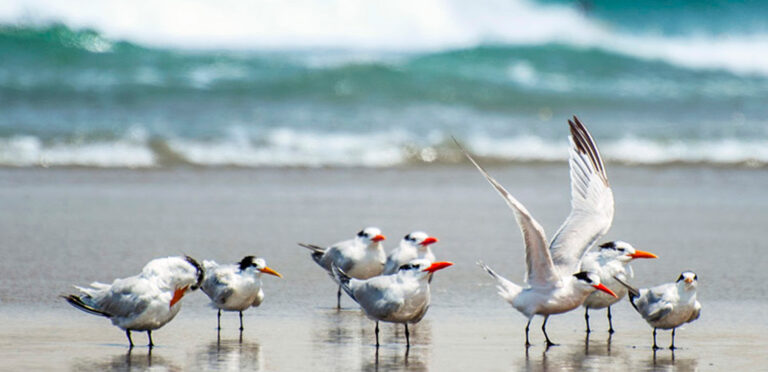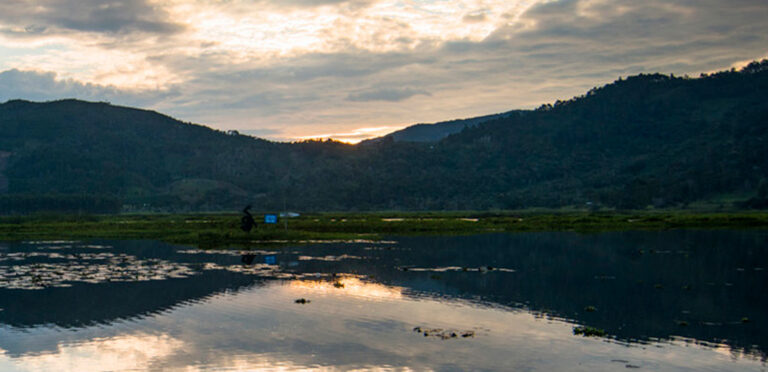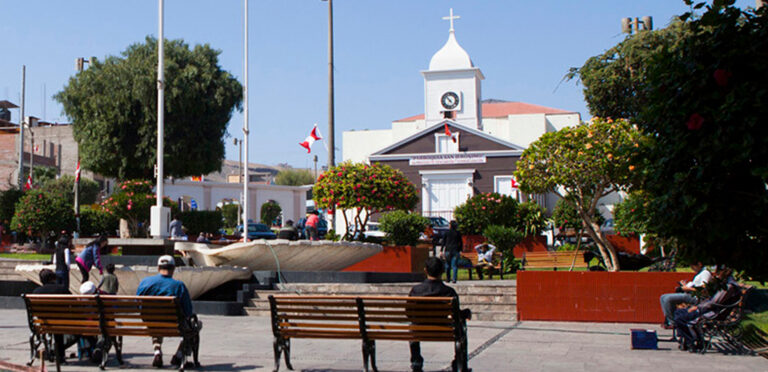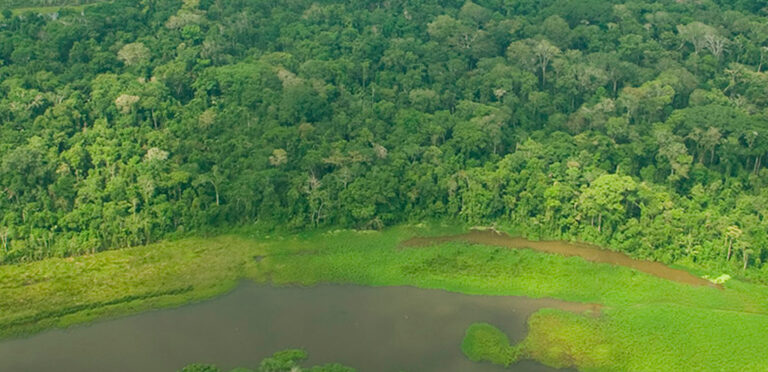Ayacucho: Colonial Charm and Living Tradition
Ayacucho is located in the southern Andes of Peru, covering an area of 43,306 km². Despite its rugged geography, its high plateaus and plains offer serene and accessible landscapes.
- Minimum Altitude: 1,800 m.a.s.l. (Otoca)
- Maximum Altitude: 3,645 m.a.s.l. (Chalcos)
🏛 Huamanga: The City of Churches
Founded in 1539 by Francisco Pizarro as San Juan de la Frontera de Huamanga, the city of Ayacucho is a colonial treasure. Its nickname comes from its 33 churches, each with a distinctive history and architecture. The Plaza Mayor, surrounded by 16th and 17th-century buildings, is the heart of the city, featuring its iconic monument to Antonio José de Sucre.
⛪ Religious Heritage
Cathedral of Ayacucho
Built in the 17th century, it combines Renaissance and Baroque elements. It features golden altarpieces and the altar of Our Lady of the Snows.
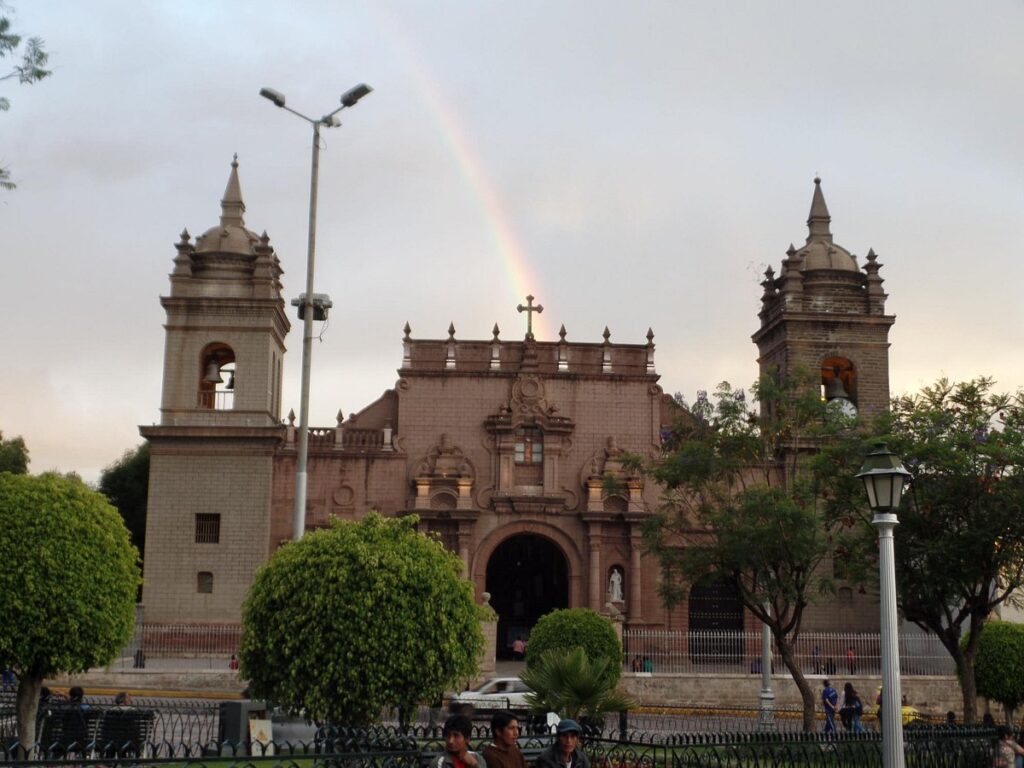
Church of San Cristóbal
The oldest church in the city (1540), with a simple structure of stone and adobe.
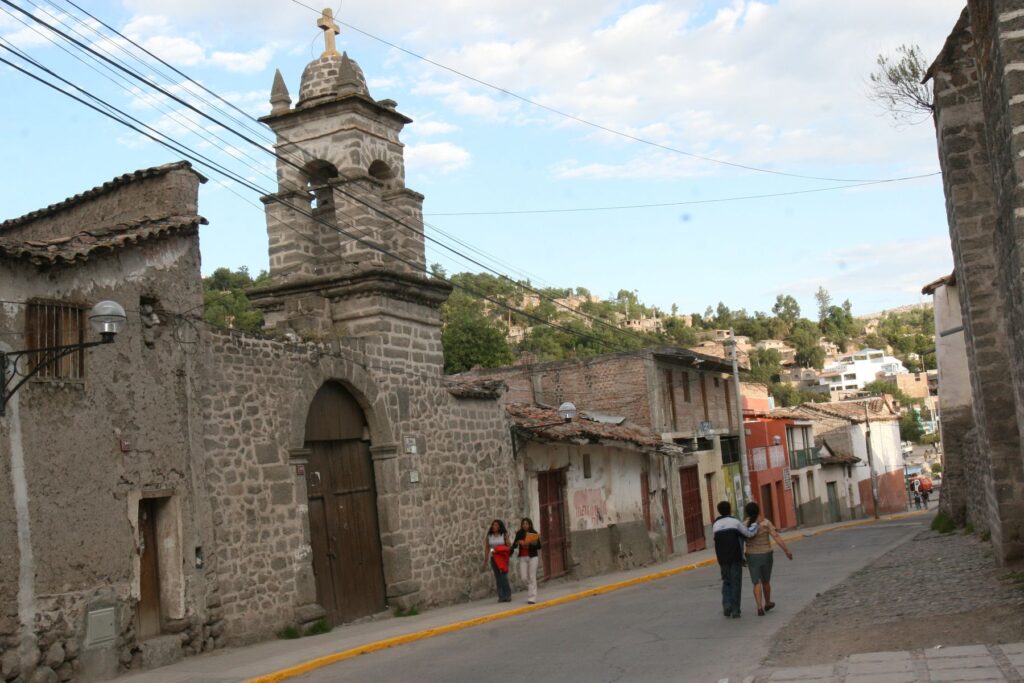
Church of Santo Domingo
Notable for its three-arched bell tower and Baroque Churrigueresque-style main altar.
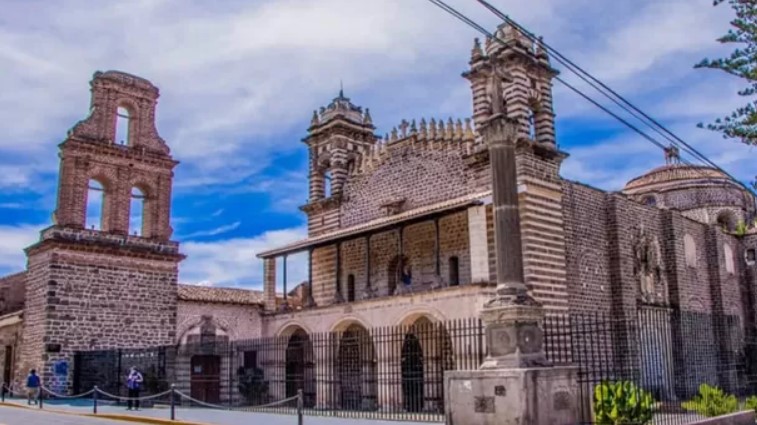
Church and Convent of San Francisco de Asís
Features a Churrigueresque altar and an extensive collection of colonial art.
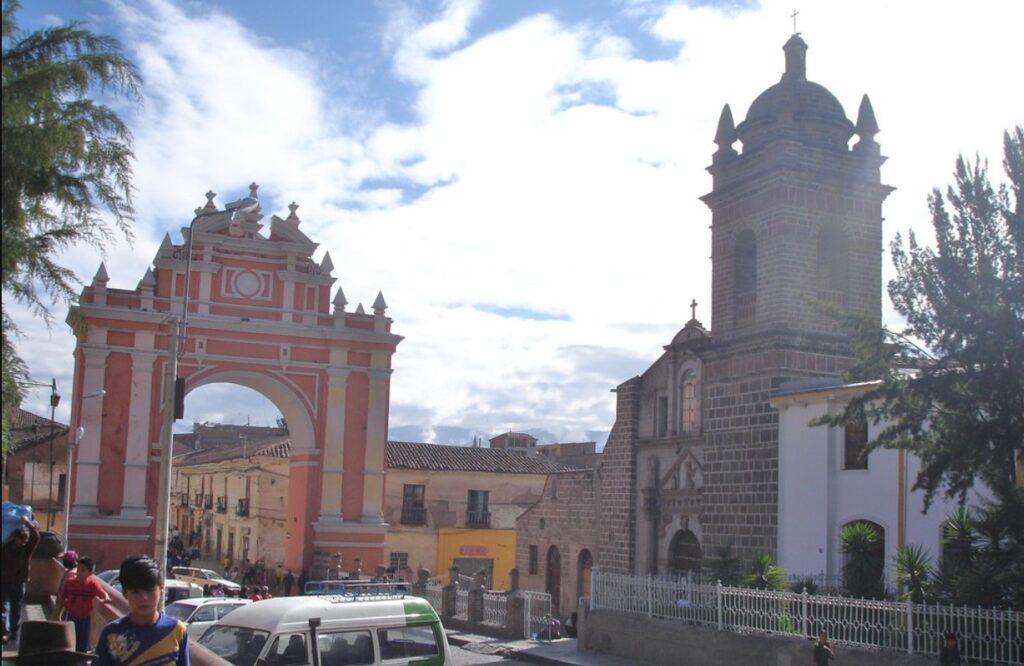
Church of the Society of Jesus
Recognized for its pink and gray stone façade, an emblem of Andean Baroque architecture.
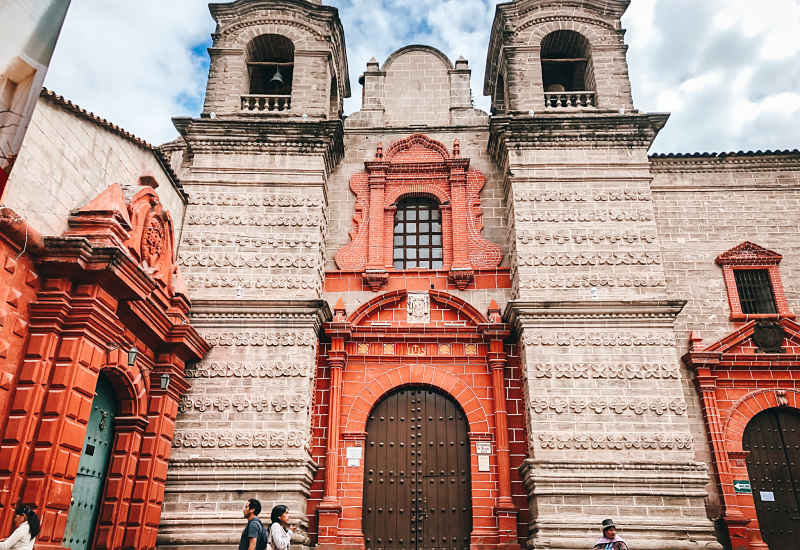
Church and Convent of Santa Clara
Boasts Renaissance architecture and a 17th-century main altarpiece.

Church and Monastery of Santa Teresa
A cloistered convent since colonial times, it houses an altar adorned with mother-of-pearl inlays.

Temple of La Merced
A 16th-century construction, famous for its gold-leaf altar and the revered image of Our Lady of Mercy.

🎉 Festivals and Traditions
Holy Week in Ayacucho
Considered the most spectacular Holy Week celebration in Peru, Ayacucho hosts daily processions, flower carpets, and devotional rituals. Visitors can taste chicha de jora, chicha de molle, and chicha de siete semillas, as well as purchase retablos and white stone crafts from Huamanga.
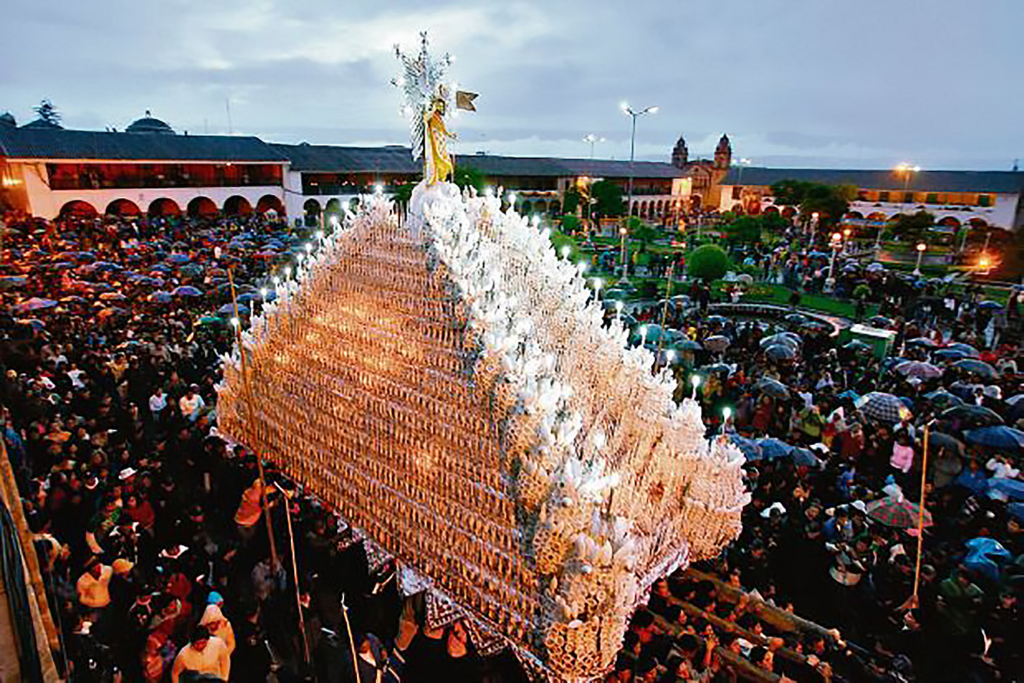
Ayacucho Carnival
Famous for its colorful dance troupes, music, and the joyful spirit of the locals.
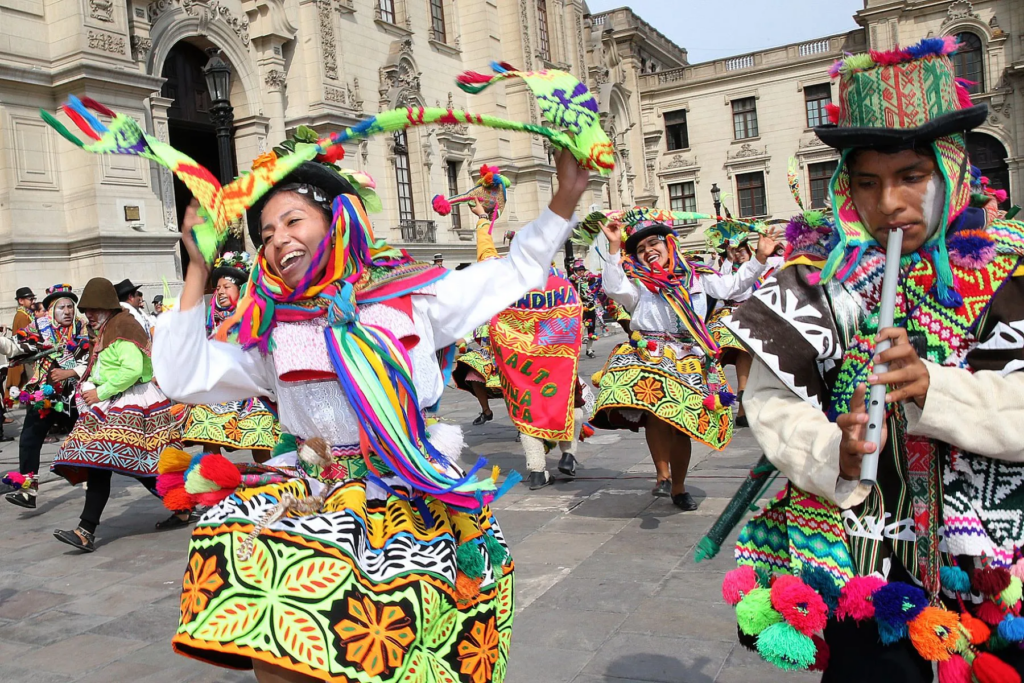
Festival of the Crosses (May)
An Andean tradition featuring processions and traditional music.
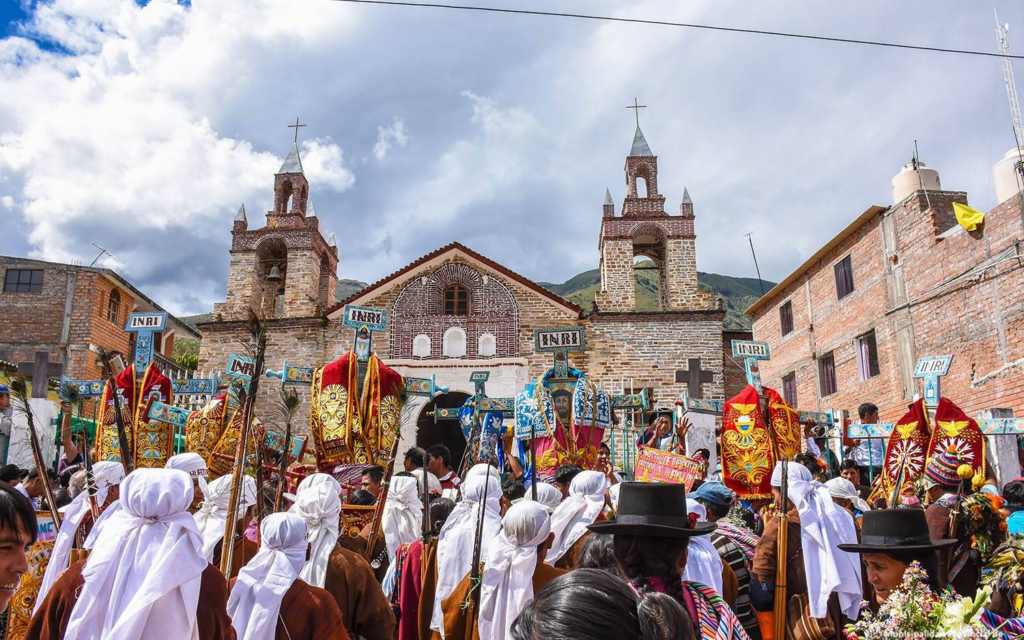
🏺 Cultural and Archaeological Heritage
Wari Archaeological Complex
Located 22 km north of the city, it was the capital of the Wari civilization (500-1100 AD), home to up to 50,000 inhabitants.

Vilcashuamán
An Inca administrative center featuring an impressive stepped pyramid and a temple dedicated to the Sun and Moon.

Pikimachay Cave
A prehistoric site with remains dating back 20,000 years, evidence of early Andean inhabitants.

🌿 Nature and Adventure
Huanta Valley
Known as “The Emerald of the Andes”, this valley is home to rich biodiversity, honey producers, and fruit liqueurs.

Pampas de Ayacucho Historic Sanctuary
Site of the Battle of Ayacucho (1824), featuring a 44-meter obelisk commemorating Peruvian independence.
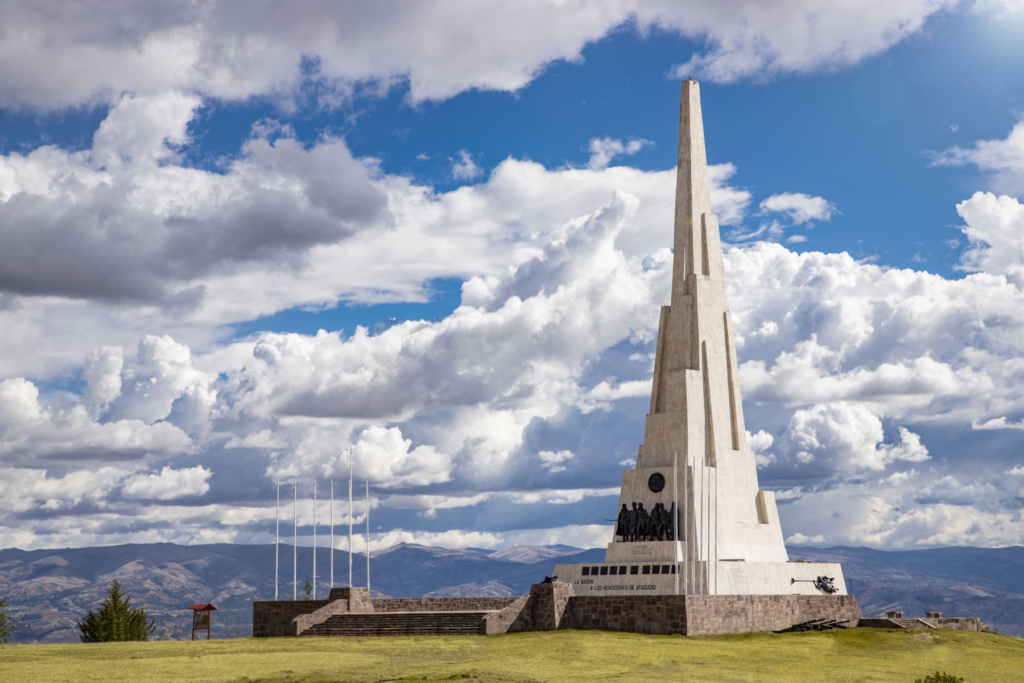
Pampa Galeras National Reserve
A protected area home to thousands of vicuñas and other high-Andean species.
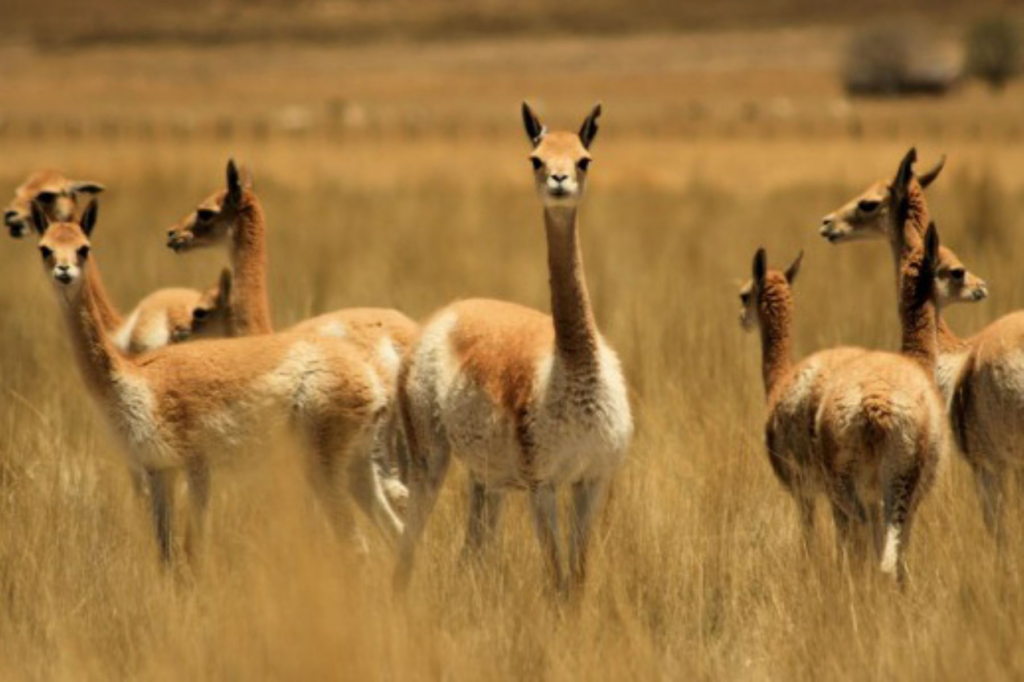
Parinacochas Lagoon (3,273 m.a.s.l.)
Known as “the lagoon of the parihuanas” due to the large number of flamingos that inhabit it.

Puya Raimondi Forest in Vischongo
A sanctuary where the Puya Raimondi, the largest inflorescence plant in the world, grows.

🏛 Colonial Architecture and Historic Mansions
Santa Ana Neighborhood
Famous for its traditional architecture and artisan workshops.

Boza and Solís Mansion
A colonial palace that once housed María Parado de Bellido, a heroine of Peruvian independence.

Castilla and Zamora Mansion
A historic site that served as the headquarters of the National University of San Cristóbal de Huamanga.
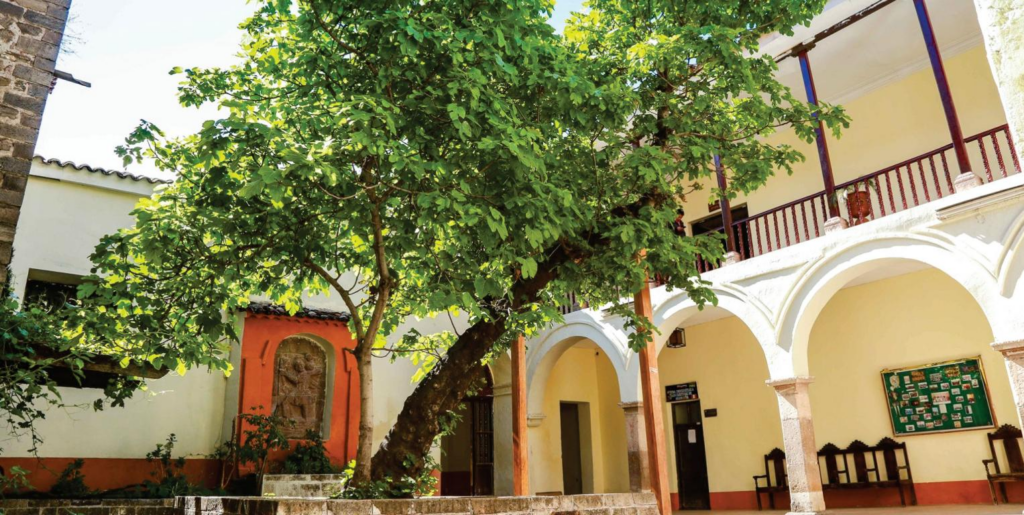
Vivanco Mansion
Home to three museums showcasing religious art, military history, and Ayacuchan craftsmanship.

Ruiz de Ochoa Mansion
Stands out for its mestizo-style architecture and elegant central courtyard.

Álvarez Velarde House
Former residence of the Marquises of Mozobamba, featuring decorative elements of Inca influence.

📅 Best Time to Visit: The best time to visit Ayacucho is between April and October, during the dry and sunny season, ideal for exploring colonial streets and natural landscapes. For a cultural immersion, Holy Week is the most iconic event, attracting thousands of visitors.
✈️ How to Get There? From Lima, you can travel by bus (approximately 9-10 hours) via the Central Highway and Los Libertadores route. Daily flights from Lima to Alfredo Mendívil Duarte Airport take about 1 hour.
